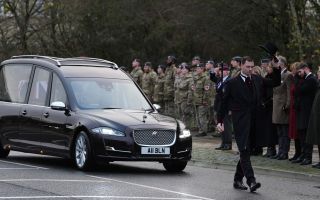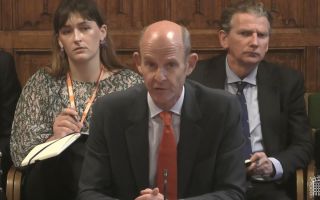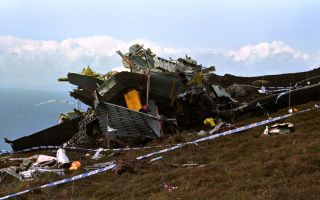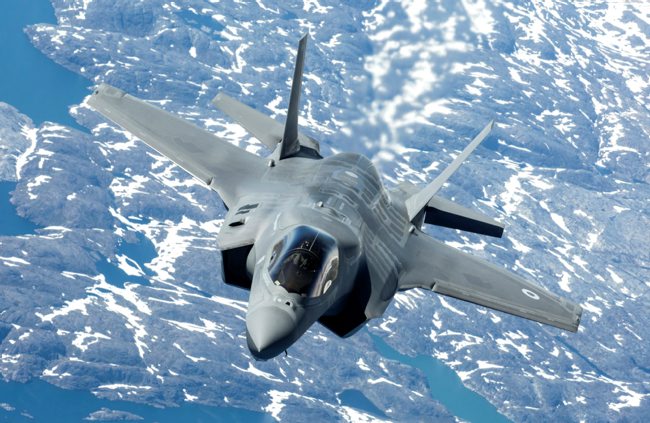
COMMENT: Difficult Decisions Ahead For Those Deciding The Future Of Our Forces

In the second contribution in our new columnist section, Forces Network takes a look into the Modernising Defence Programme (MDP).
This is part of a new series featuring unattributed contributions from experts and insiders providing opinion, insight and analysis on today’s Armed Forces, the wider politics of the military and observations on military life.
Under the pseudonym Lima Charlie, our contributors aim to explore the issues facing today’s military and their comment remains unattributed to allow our writers to present their analysis candidly and under one editorial voice.
For the last year, the Ministry of Defence has been engaged in an ongoing series of reviews to look at the structure, roles and capabilities of the British Armed Forces to create an affordable force that is able to meet the security challenges facing the UK today.
Why have they been doing this, and what are the reasons behind it?
Traditionally British defence policy has been developed through occasional reviews in response to either significant international events or challenging financial circumstances.
In the 20th Century, some of the landmark reviews included the 1957 Defence White Paper which ended National Service, the 1966 review which withdrew British forces from the Far East and cancelled the Royal Navy’s proposed CVA01 aircraft carrier and the 1981 ‘Defence Way Forward’ paper which planned to withdraw the Antarctic patrol ship HMS Endurance from service, in part triggering the invasion of the Falkland Islands.
The end of the Cold War saw the 1990 review ‘Options for Change’ that moved the UK away from a primarily NATO based defence policy, and instead focusing more on global deployments, at the cost of significant cuts to manpower and equipment.
In 1998, the UK conducted a ‘Strategic Defence Review’ (SDR) that represented a major shift in Defence policy.
The centrepiece of the review was a commitment to two new aircraft carriers (which became the Queen Elizabeth class) and ensuring that British forces could deploy globally and work across the full spectrum of military operations from peacekeeping to conventional warfare.
This review was well received as an attempt to do a policy, not financially driven, a review that clearly set out the roles of the British Armed Forces.
The challenge was that after 1998 the aspiration to deliver the planned force structure fell foul of the combination of wider defence cuts and overstretched armed forces as a result of Operations TELIC and HERRICK.

Much of the 2000s was spent by the MOD trying to balance the need to provide forces to meet the policy goals of the 1998 SDR, while at the same time support operations in Iraq and Afghanistan.
Even with defence cuts in the decade to try and make the books balance, by 2010 the combination of an equipment programme that was not fully funded, and the wider global financial crisis leading to major cuts in Government spending, meant that the MOD had nearly £36 billion pounds of unfunded projects and was unable to fully meet the commitments placed on it.
The result was a major defence review called the ‘Strategic Defence and Security Review’ (SDSR) which was aimed at rebalancing the commitments, providing space for the armed forces to rest and regenerate after the previous decade's operations and solve the financial budget problems too.
This review was done across Government, looking at how the UK would meet the security challenges faced across all departments, not just Defence, to provide a truly joined up national security strategy.
The outcome was a paper setting out a vision of the so-called ‘Future Force 2020’ which would be the modernised force capable of deploying again in numbers in the 2020 timeframe.
This, in turn, made it possible to deliver savage financial cuts to the armed forces, removing wholesale capabilities such as the Nimrod maritime patrol aircraft, and removing the Harrier from service, while reducing manpower.
The reason behind the thinking at the time was the view that the UK was going to withdraw from Afghanistan in the middle of the decade.
By recognising HERRICK as the ‘defence main effort’, the MOD recognised that other tasks could fall by the wayside.
After the withdrawal was complete, it would then need a period of about five years to rest, recuperate and reorganise the armed forces to be deployable again on a major operation.
This, in turn, meant that risks could be taken elsewhere - for instance taking the Harrier out of service as the force would not be needed for expeditionary deployments before HMS Queen Elizabeth and the F35 entered service at the end of the decade.
One of the key findings of the 2010 review was the commitment to in future undertake defence reviews every five years, to ensure that Defence would no longer find itself committed to finding funding and forces to meet tasks that were no longer necessary but mandated under existing policy.
Therefore in 2015, a follow-up review was completed that reaffirmed the findings of the 2010 review and found additional funding for buying back capabilities, such as the procurement of the P8 maritime patrol aircraft.
Why then, barely 18 months after it was published did the UK Government announce a follow-up National Security and Capability Review (NSCR) in the summer of 2017?
There appear to have been two main reasons for this – firstly, the sheer pace with which the global order changed after 2015 as events like Brexit, significant instability in the Middle East, renewed assertive Russian aggression making NATO more relevant, and the shift from a global order dominated by America to a multilateral world where China was increasingly influential.
These strategic changes meant that it was no longer certain that the findings of the previous reviews were still appropriate, and it was time to check again whether the UK still had the right policies in place, or if evolution was needed – for instance, investing more in NATO, strengthening the UK’s diplomatic presence overseas in places like Africa and the Far East to support the vision of ‘global Britain’ and looking at whether the intelligence and security services had the right mixture of funding and capabilities to do their work.
The other reason was that despite a budget uplift committing the UK to spend 2% of GDP on Defence (a key NATO target), and committing the Equipment Programme to real terms growth, the MOD still faced significant challenges in ensuring its procurement programme was financially viable.
The significant drop in the exchange rate for both the Euro and Dollar after the Brexit referendum caused substantial cost increases on many MOD projects, such as the F35 Joint Strike Fighter.
At the same time, the MOD was required to make major efficiency savings as part of the planned financial agreement between MOD and the Treasury, and the planned growth in the budget was not programmed to occur until much later in the five-year spending cycle.
The outcome then was that the MOD found itself financially struggling and unable to make savings without looking to implement major cuts to force structures.
This led to a series of leaked documents suggesting that to reach the very challenging financial targets, units like HMS Albion and Bulwark would be disposed of and other units cut to help make the numbers work.
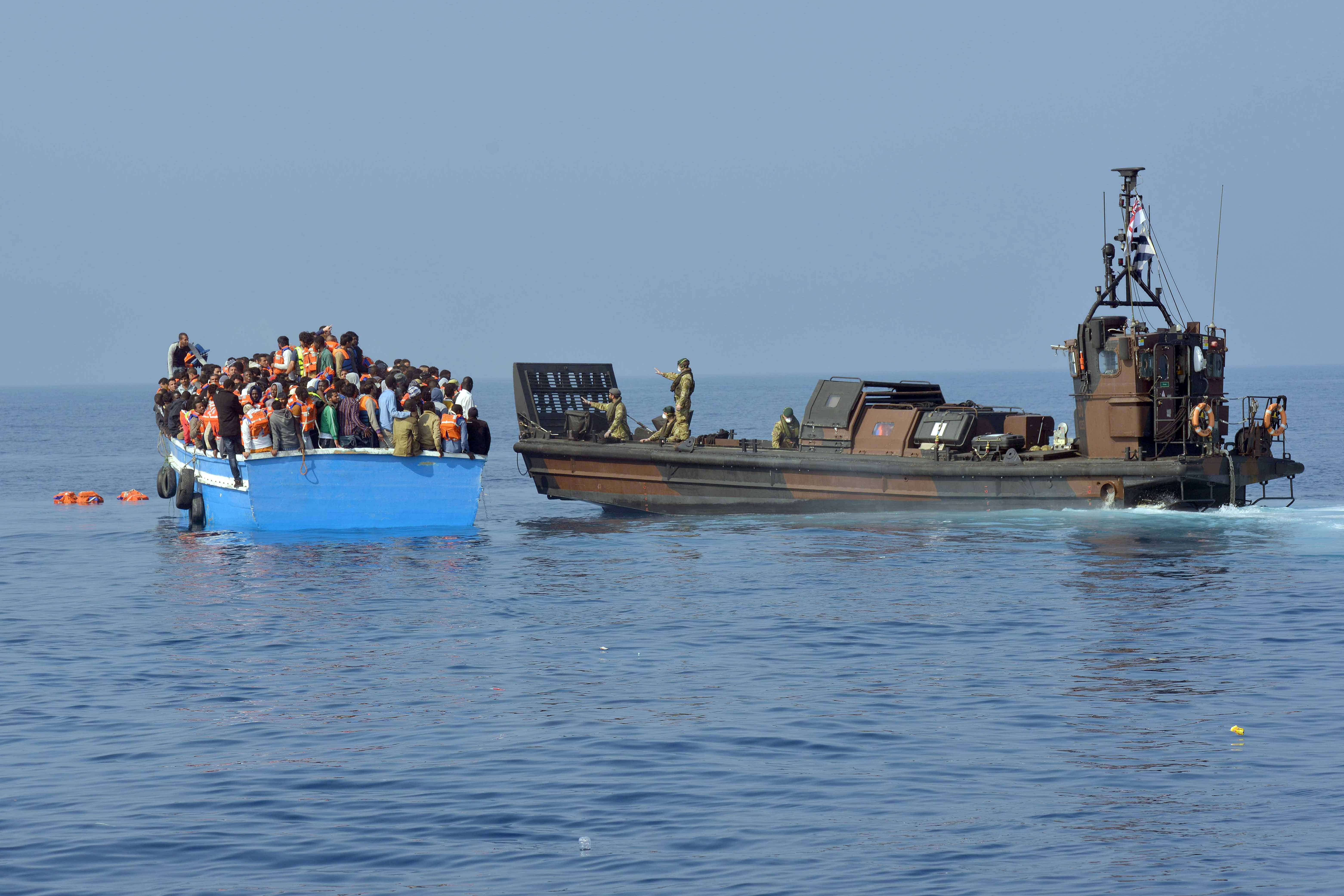
This did not sit well with MP’s, leading to threats of a Parliamentary rebellion by backbenchers, unhappy at the prospect of more defence cuts at a time of growing international insecurity.
The result was a Government compromise – the NSCR was published in March 2018, setting out how the UK would evolve its national security strategy.
At the same time it noted that further work was required on Defence, a move which saw the establishment of a new review, called the ‘Modernising Defence Programme’ to be established to identify what future capabilities and force structures the MOD would need to meet the NSCR goals, and how it could afford them.
In July 2018 the Secretary of State for Defence reported to Parliament the initial findings of the Review, which identified three broad themes:
- Our Armed Forces need to be ready and able to match the pace at which our adversaries now move.
- A fighting force fit for the challenges of the 21st century
- Transforming the business of Defence to deliver a robust, credible, modern and affordable force
Each of these findings highlighted that significant further work was required to work out how to respond to them and ensure that the British Armed Forces were best placed to tackle them.
For instance, the review noted that since 2015 the UK has found itself in competition with States who engage in proxy war, or who use unconventional means to threaten the UK and allies way of life (for instance the case of the Novichok poisonings in Salisbury).
It also noted that technology is changing much faster than anticipated and that the UK’s potential adversaries are introducing new equipment into service much more quickly than expected, posing a real risk.
The challenge for the UK is how to respond to these threats and work out what the right force structure is to deal with them.
The statement is clear that significant work is required to look again at procurement plans and ensure that the right equipment is purchased, ensuring the UK’s armed forces are properly equipped.
This may mean difficult decisions, such as deciding not to proceed with some projects, or reducing them in scale and number – for instance, there may be fewer armoured fighting vehicles or F35 jets brought into service.
At the same time, the money freed up may be used to invest in capabilities that might not be as visually impressive, but which play an utterly vital role in defences, such as cyber warfare or space operations.
The MOD will need to determine the right balance too between supporting NATO operations, which have grown increasingly important as Russia poses a resurgent threat and working overseas with international partners.
The sort of forces and equipment needed to deter Russia are different from those needed to operate in Africa and Asia.

Balancing off whether to invest in heavy armour to fight conventional wars or lighter equipment that is air portable and able to be sent long distances, but not necessarily survivable in a major European conflict will prove challenging.
Planners will also need to review how the UK operates overseas, and whether the current structure of bases, defence attaches and training works, or if an increased or revised presence is required.
The statement hints that further work is to be undertaken in these areas, but also commits the UK to maintain a globally deployable military, capable of operating as an independent force when required to do so.
The next step appears to be that another Review is to be conducted which will try to create a balanced and affordable force structure to meet the findings of the MDP.
This will be the point where the MOD tries to determine what is required now, where immediate investment is needed to bring forward capabilities into service early, and where less money is needed, perhaps cutting or deleting some projects entirely.
This work will be done over the autumn period, coinciding with the ongoing Government Spending Review where Whitehall departments will set out their plans for how much they want to spend from 2020 onwards, and what they want to do with their budgets.
For the MOD this period will be ideally about using the Review to build a compelling case for a financial settlement that meets their aspirations.
This review will almost certainly consider options for the armed forces if the right funding isn’t available, and what could be cut or done differently to balance aspiration with financial reality.
It is likely that a variety of force packages (options for the composition of the armed forces) will be considered to meet the potential financial outcomes.
Some of these will almost certainly involve implementing heavy cuts in some areas to free up finances to do more in other areas.
These options are often leaked and published as news (such as suggestions that certain Regiments will be disbanded, ships sold, and aircraft scrapped) suggesting that the option in question is indicative of Government policy.
The trick when reading articles about any leaked options is to remember that they are merely an option, designed to be implemented under very specific circumstances that almost certainly won’t come to pass, and that the information leaked is just one part of a much larger set of contingency planning.
Until the Secretary of State for Defence stands up in the House of Commons and announces the outcome of the review, nothing is certain or guaranteed to happen.
The next few months will be an interesting time for the MOD as it now moves to create a new look armed forces, capable of meeting the new threats that have come about since 2015, while still being able to respond across a huge range of issues and operations.
Whatever the outcome, it is likely that the UK will still spend at least 2% of GDP on defence, that it will remain a global power capable of projecting military forces across the world and remain proud owner of some of the most influential and capable armed forces on the planet.
These are, without doubt, interesting and exciting times.

